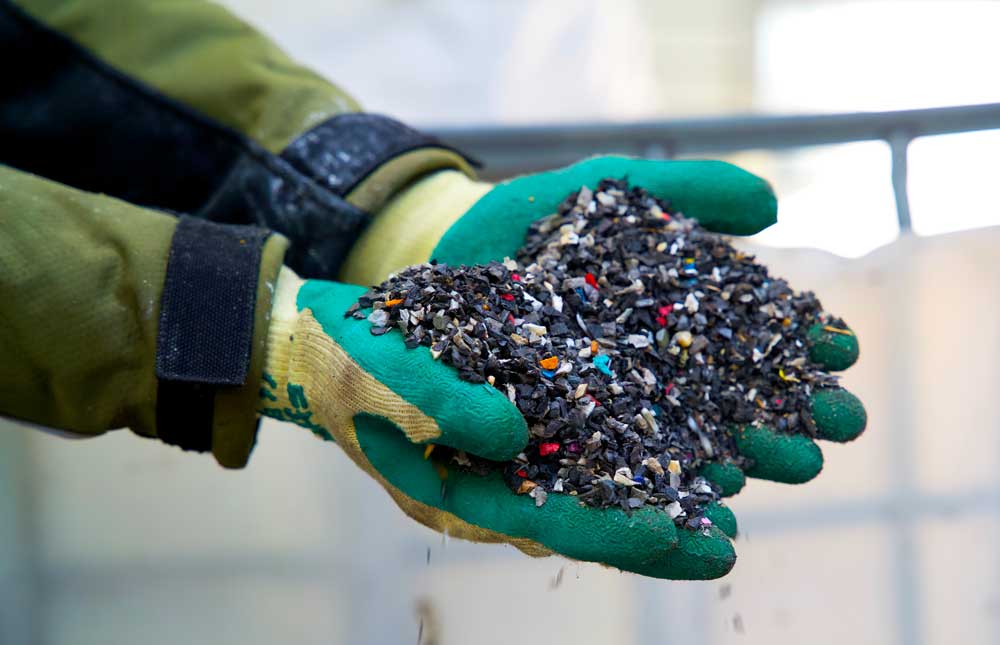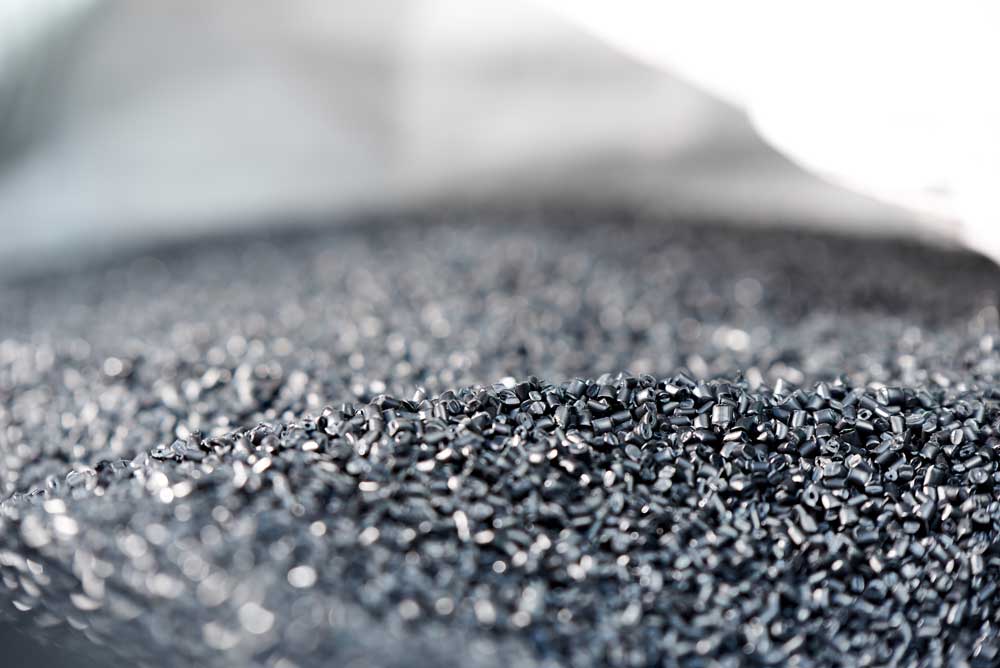The lead-acid battery is the most common type of battery used in automobiles and trucks, and they are also widely used in the telecommunications and power industries. These batteries contain valuable metals such as lead and sulfuric acid, which can be recycled and reused.
Global Market lead acid car batteries overview
The global market for used lead-acid car batteries is expected to continue growing, with demand for lead-acid batteries increasing due to the growth of the automotive industry in developing countries. The lead-acid battery market is projected to reach $72.8 billion by 2027, with the Asia-Pacific region being the largest market for these batteries.
Despite the growth of the battery recycling industry, the recycling rate for used lead-acid car batteries varies widely across the globe. According to the International Lead Association, the global recycling rate for lead-acid batteries was around 80% in 2020. However, the recycling rate in developing countries can be significantly lower due to the lack of proper infrastructure and regulations. In some cases, used batteries are improperly disposed of, leading to environmental pollution and health risks.
The global market for used lead-acid car batteries is expected to continue growing, and the recycling industry must keep pace to ensure that valuable materials are recovered and reused. Increasing recycling rates in developing countries will be critical to reducing environmental pollution and health risks associated with improper disposal of batteries. Overall, the lead-acid battery recycling industry has made significant progress, but there is still much work to be done to achieve a more sustainable and environmentally responsible future.
Polypropylene Plastic Uses & Applications
Polypropylene is a thermoplastic polymer that is commonly used in a variety of applications, including packaging, textiles, and automotive parts. It is also a material that is commonly recovered through the recycling of lead-acid car batteries.
When lead-acid car batteries are recycled, the plastic casings are typically shredded into small pieces and then washed to remove any impurities. The plastic is then dried and sent to a granulator machine, which grinds the plastic into small particles or pellets. These pellets are then sold to manufacturers who use recycled polypropylene to produce a wide range of products.
Recycled polypropylene has many benefits, including its affordability, durability, and versatility. It can be used in a wide range of applications, including automotive parts, home appliances, and packaging materials. Additionally, the use of recycled polypropylene helps to reduce the amount of waste in landfills and conserve natural resources, making it an environmentally responsible choice.
The recycling of lead-acid car batteries and the recovery of materials such as polypropylene play a crucial role in promoting sustainability and reducing waste in the automotive and manufacturing industries.
What machines are used to recycle plastic from lead-acid car batteries
The process of recycling plastic from lead-acid car batteries involves several steps and different types of machines.
The main machines that it is necessary that a plastic recycling plant from spent car batteries dev and have are:
- Shredder machine
- Granulators machine
- Plastic washing lines
- Vibrating screens
- Washing tank
1. Shredder machine
The first step in the recycling of car batteries is to remove the plastic casing that houses the battery cells. The plastic casings are then fed into a shredder machine.
The shredder machine is designed to break down the plastic into smaller pieces or flakes. The plastic is fed into the machine through a hopper and then it passes through a series of rotating blades or knives that cut the plastic into smaller and smaller pieces.
As the plastic is shredded, it is moved along a conveyor belt to a collection bin or hopper. The shredder may also have a series of screens to separate out any unwanted materials, such as metal or dirt, from the plastic.
After shredding, the plastic is sent to a washing line where it is cleaned and sorted according to its color and type. After washing, the plastic is dried and then ground into small pellets or flakes. These pellets or flakes can then be sold to manufacturers who use recycled plastic to produce new products, such as plastic bottles or other consumer goods.
Overall, the shredder is a critical component of the plastic battery recycling process. It helps to break down the plastic into smaller pieces, preparing it for further processing and ultimately enabling the recovery of valuable materials while reducing the amount of plastic waste in landfills.


2. Granulators machine
After the plastic casings of car batteries have been shredded into small pieces, they are sent to a granulator machine. The granulator is designed to reduce the size of the plastic even further, turning it into small pellets or flakes.
The plastic pieces are fed into the granulator through a hopper and then they are chopped by rotating blades or knives. The blades or knives break the plastic into smaller pieces and then a screen or mesh filter is used to control the size of the pellets or flakes.
The pellets or flakes that are produced by the granulator are then sent to a washing line where they are cleaned and sorted according to their color and type. After washing, the plastic is dried and then packaged for sale to manufacturers who use recycled plastic to produce new products, such as plastic bottles or other consumer goods.
Overall, the granulator is an essential component of the plastic battery recycling process. It helps to further reduce the size of the plastic, producing small pellets or flakes that are easier to handle and process. These pellets or flakes can then be sold to manufacturers who use recycled plastic to produce new products, helping to reduce waste and promote sustainability.


3. Plastic washing lines including Vibrating screens and Washing tank
After the plastic casings of car batteries have been shredded and granulated, they are sent to a plastic washing line. The washing line is designed to remove any impurities, such as dirt, dust, or leftover battery acid, from the plastic.
The plastic is fed into the washing line through a hopper and then it passes through a series of machines. The first machine is typically a vibrating screen, which removes any large or unwanted materials from the plastic. The plastic then moves to a washing tank, which uses water and cleaning agents to remove any remaining impurities.
After washing, the plastic is moved to another vibrating screen to remove any excess water. The plastic is then dried and sent to a final vibrating screen to remove any remaining small impurities.
The plastic is now clean and ready for further processing. The pellets or flakes can then be sold to manufacturers who use recycled plastic to produce new products, such as plastic bottles or other consumer goods.
The plastic washing line is an important component of the plastic battery recycling process. It helps to ensure that the recycled plastic is clean and free of any impurities, which is critical for producing high-quality recycled products. The vibrating screens and washing tanks are essential machines within the washing line, as they help to remove impurities and ensure that the plastic is thoroughly cleaned.
Comments are closed.





